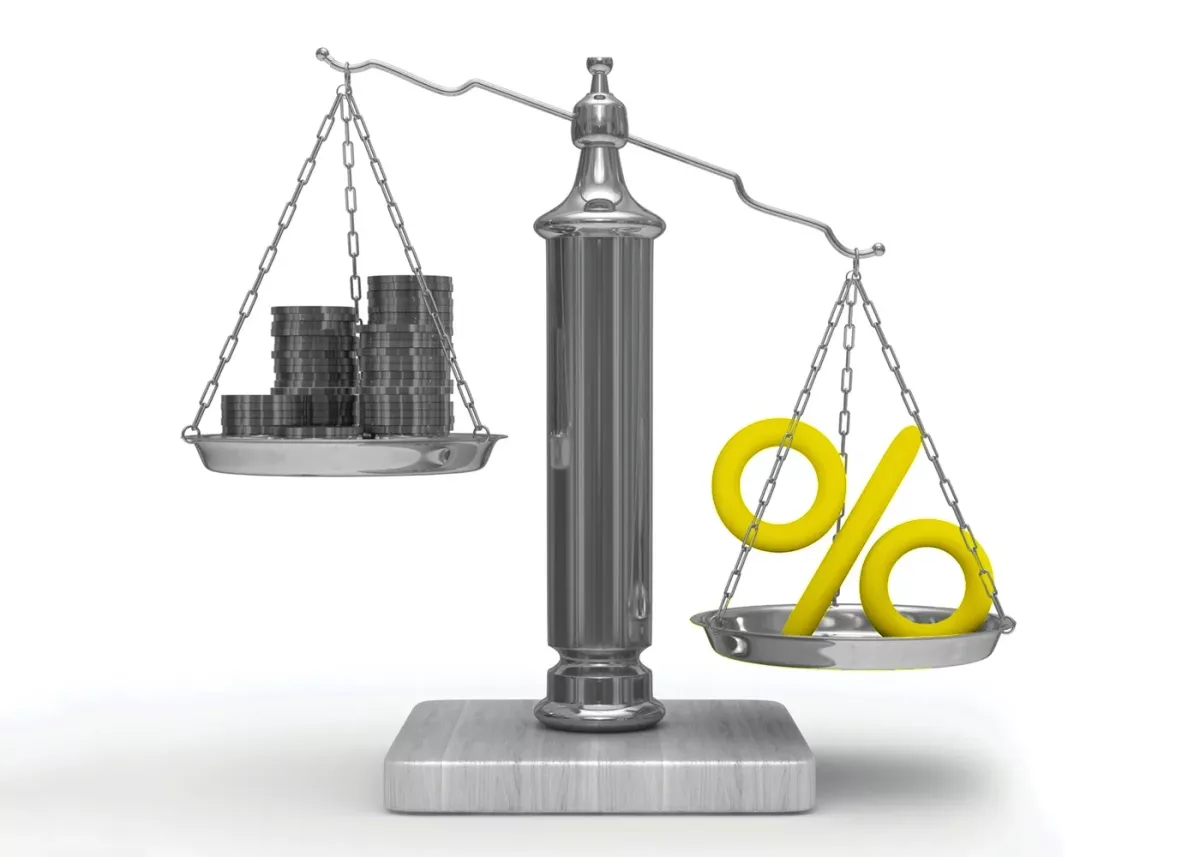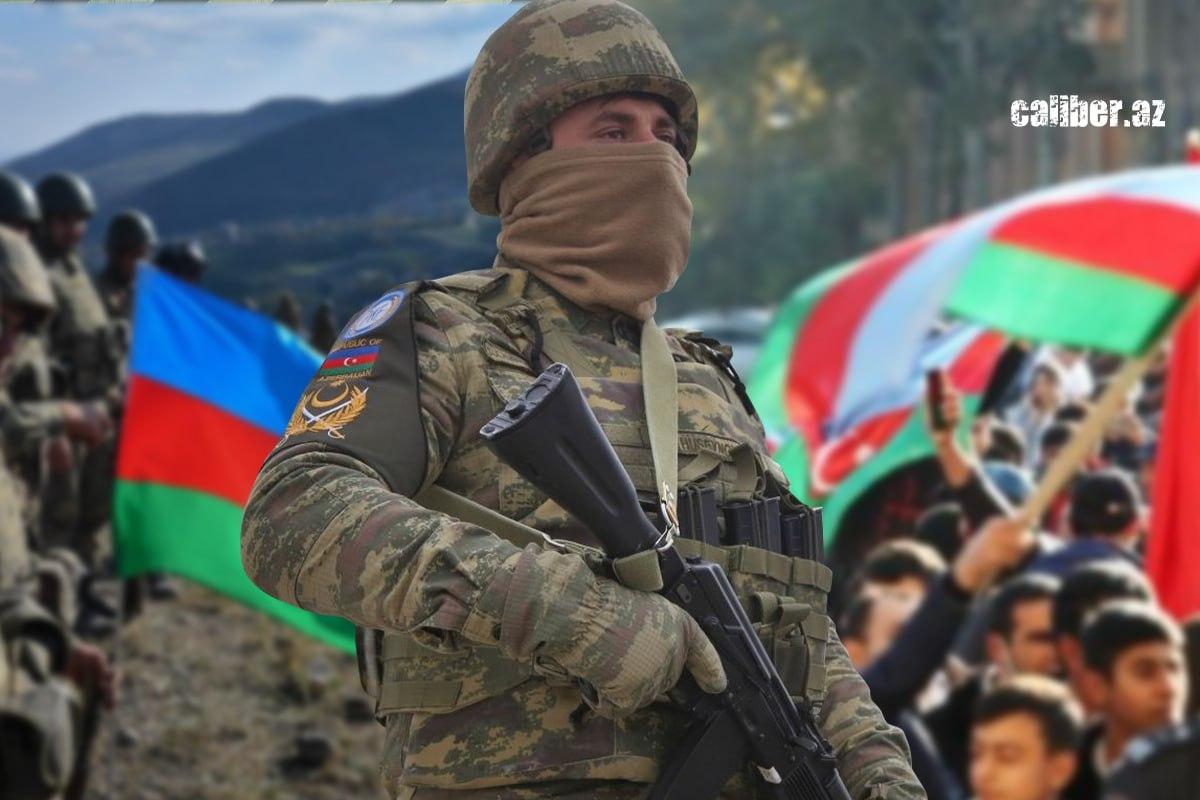Azerbaijan’s 2026 budget prioritises Stability, social protection, and defence
Ahead of the release of preliminary forecasts for the state budget’s revenues and expenditures for 2026, Azerbaijan’s Ministry of Finance has shared key figures with the public. Alongside the budget parameters, the forecasts include projected inflation rates, external debt levels, core economic development directions, and expected GDP growth.
Against the backdrop of ongoing geopolitical and economic uncertainty worldwide, the 2026 state budget has been prepared under a conservative scenario, with revenues consolidated and expenditures optimised. As in previous years, the main objectives remain the preservation of social and macroeconomic stability and the safeguarding of national security.
Over the past five years, the global economy has faced a series of significant challenges: from the COVID-19 pandemic and supply chain disruptions to hyperinflation, food crises, a global recession, and declines in oil and other commodity prices. These shocks triggered slower GDP growth in the US and the EU, as well as a slowdown in China’s external trade. This year, the situation has been further compounded by trade and tariff disputes, which have negatively impacted the performance of the world’s major economies.
According to the World Economic Outlook report published at the end of July, the International Monetary Fund (IMF) expresses cautious optimism, projecting a slight upward revision of the 2026 global growth forecast by 0.1 percentage points to 3.1%. The IMF experts attributed this adjustment to decisions by the US and China to suspend new mutual tariffs, as well as agreements to resolve trade conflicts with the EU, the UK, and Japan. Nevertheless, this growth projection remains below the IMF’s long-term average of 3.7%, which approximates pre-crisis levels.

Azerbaijan has been affected, to some extent, by the global challenges outlined above, including the volatility of oil prices. Yet, despite a slowdown in domestic oil production and a decline in energy export revenues, the country has largely maintained macroeconomic and monetary stability, cushioning the economy and society from the full impact of imported inflation. According to estimates from the Ministry of Economy of the Republic of Azerbaijan, annual inflation this year is projected at 5.4%, while forecasts for 2026 indicate a moderation in consumer price growth, with inflation expected to slow to 4.8%.
Importantly, Azerbaijan has continued to maintain positive momentum in the non-oil sector, while government efforts to meet budgetary commitments have enabled the successful achievement of all planned objectives for the current year, including large-scale reconstruction projects in the Karabakh region and the “Great Return” of former internally displaced persons. From January to August of this year, state budget revenues exceeded 26.359 billion manats (approximately $15.5 billion), surpassing forecasted figures by 2.7% and marking a 4.5% increase compared to the same period last year. As a result, the budget recorded a surplus of over 4.051 billion manats (around $2.38 billion) during the reporting period, 41.6% higher than a year ago.
Nevertheless, in formulating the parameters of the 2026 state budget, the government took into account challenging global economic trends and the complex geopolitical environment, optimising public expenditures accordingly.

On the eve of the announcement, the Ministry of Finance published a document on its website titled “Preliminary Indicators of the Consolidated and State Budgets of Azerbaijan for 2026”, prepared in line with the Open Budget Survey methodology, a recognised tool for fiscal diagnostics and public finance management.
According to the projections, the country’s consolidated budget revenues for next year are expected to exceed 44.825 billion manats (approximately $26.3 billion), representing a 2% increase, while expenditures are estimated at over 48.683 billion manats (around $28.6 billion), 2.2% higher than this year’s figures. The consolidated budget is projected to record a deficit of nearly 3.858 billion manats ($2.26 billion), 4.9% higher than the corresponding figure for the current year. However, as recent experience has shown, even when a deficit budget is drafted, the dynamic growth in revenues observed throughout the year generally offsets the shortfall in expenditures.
In 2026, revenues collected by the State Tax Service (STS) are projected to reach 16.821 billion manats ($9.9 billion), accounting for 43.8% of total state budget revenues and representing an 8.5% increase over the approved figure for the current year. Notably, the non-oil sector contributed 73% of Azerbaijan’s tax revenues from January to August 2025, and a similar proportion is expected to be maintained next year. Revenues collected by the State Customs Committee (SCC) are also projected to see a modest rise of 0.45%, with total receipts reaching 1.818 billion manats ($1.07 billion).
Overall, the main directions of Azerbaijan’s budgetary policy for 2026 focus on consolidating revenue sources, with measures designed to accelerate economic development, enhance competitiveness, and create a more attractive investment climate. In particular, support for entrepreneurs will be strengthened through initiatives such as public-private partnerships, while fiscal burden optimisation and improvements in tax and customs administration will also be prioritised.

The Ministry of Finance also forecasts that the state debt will reach 25.404 billion manats ($14.95 billion) by the end of 2025 and nearly 27.052 billion manats ($15.91 billion) by the end of 2026. Net direct government borrowings are expected to increase by more than 1.647 billion manats ($969 million) next year, with only a slight rise in debt servicing and obligations. Nevertheless, risks remain minimal: in recent years, Azerbaijan has maintained one of the lowest debt-to-GDP ratios in the world, standing at just 6.9% as of February this year.
Overall, the country’s reliance on external financing is limited, particularly as Azerbaijan’s economy is expected to grow steadily over the next four years. This growth will also allow for a gradual reduction in budget transfers from the State Oil Fund of the Republic of Azerbaijan (SOFAZ). According to the Ministry of Finance forecasts, average annual GDP growth for 2026–2029 is projected at 3.5%, with non-oil sector growth reaching 4.9%. Furthermore, the share of the non-oil sector in Azerbaijan’s GDP is expected to rise to 80% by 2030, while nominal GDP is projected to increase from 134.1 billion manats ($78.9 billion) in 2026 to 161.8 billion manats ($95.2 billion) in 2029.
Overall, Azerbaijan’s reliance on the oil sector is gradually declining. At the same time, under a conservative scenario that accounts for global risks, the government is lowering the “cut-off price” used to calculate oil revenues. For comparison, the oil price assumed in the 2024 budget was $75 per barrel, reduced to $70 this year, and the 2026 budget draft sets the benchmark at $65 per barrel.
On the expenditure side, the “Preliminary Indicators of the Consolidated and State Budgets of Azerbaijan for 2026” show a clear trend toward optimising public spending according to priorities. In particular, budgetary policy for 2026–2029 will focus on six key directions, including strengthening national defence capabilities, ensuring the inviolability of borders, modernising the army’s material and technical support, demining territories, and implementing comprehensive measures to improve social support and service conditions for military personnel. Specifically, defence and security expenditures for 2026 are projected at nearly 8.715 billion manats ($5.13 billion), representing a 3.8% increase over this year’s expected figures.

Funding of the economy will continue in 2026 through the state budget, both directly and indirectly, including government obligations, public procurement, subsidies, subventions, and grants. State financing for government programmes and initiatives funded from the treasury will also be maintained. At the same time, funding for certain economic and other sectors will be adjusted and optimised. In particular, budgetary expenditures on economic activities are expected to decline by 9.75%, spending on agriculture will decrease by 9.3%, and allocations for environmental protection are projected to be 13.8% lower than this year’s figures. The largest reduction—19.4%—is anticipated in the housing and utilities sector.

The three other priority areas of budgetary policy focus on the social sphere: social protection of the population, improvement of the wage system, and the provision of protected expenditures for salaries, pensions, allowances, scholarships, and other social payments. No budget cuts are planned in these crucial areas. On the contrary, in 2026, government spending on healthcare is planned at just over 2.052 billion manats ($1.21 billion), 2.95% higher than this year’s projections, while education expenditures are set to rise by 1% to nearly 4.986 billion manats ($2.93 billion). Spending on social protection and social security is planned at 4.873 billion manats ($2.86 billion), reflecting a 2.55% increase. Additionally, budget financing for general public services is expected to grow by 9.8%, with over 5.776 billion manats ($3.39 billion) allocated for these purposes.
Overall, according to the Ministry of Finance, household cash incomes are projected to increase by 26.5% over 2026–2029. In the medium term, further wage increases and enhancements to social payments are planned, while continued attention and support for the families of martyrs, veterans, and other priority groups will remain a central focus of state policy.








